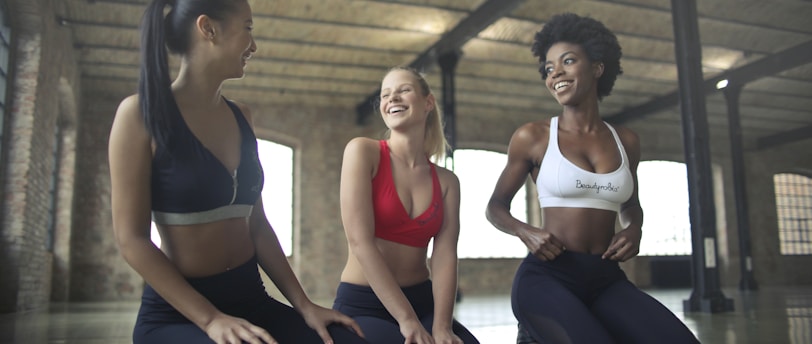Challenges Facing Australian Olympic Sports: The Need for Gender Balance in Coaching


The Current State of Female Coaches in Australian Olympic Sports
In recent years, the Australian Olympic sports landscape has faced a critical issue regarding the representation of female coaches. As the nation gears up for the upcoming Paris Games, statistics reveal that fewer than one in five coaches are women. This alarming figure highlights the persisting gender imbalance within various sporting organizations, including athletics and golf, which are now being prompted to take action. Amidst a backdrop of stagnant growth in female coaching roles, Australian Olympic sports risk funding cuts if they fail to address these disparities.
The Impact of Gender Imbalance on Funding
Funding is vital for the development and sustainability of sports programs, particularly as Australia aims to compete effectively on the global stage. The lack of female coaches not only undermines inclusivity but also jeopardizes access to crucial financial resources. National sporting bodies are under increasing pressure to demonstrate a commitment to gender equity in coaching roles to secure necessary funding. The situation presents a paradox; while there is growing acknowledgment of the need to bolster women's representation, the slow progress in achieving these objectives may jeopardize financial support. If the current trend continues, Australian Olympic sports could find themselves in precarious financial situations, forcing organizations to reassess their priorities.
Strategies for Enhancing Female Coaching Representation
To address the significant underrepresentation of female coaches, Australian sporting organizations must adopt strategic initiatives aimed at fostering an inclusive environment. This includes implementing mentorship programs that pair experienced women coaches with emerging talents, as well as developing recruitment strategies that specifically target female candidates. Additionally, increasing visibility and opportunities for female coaches through workshops, seminars, and networking events will help build a strong community and promote shared learning experiences.
Furthermore, organizations should regularly assess their gender diversity policies and actively promote female role models in coaching. By showcasing successful female coaches in different sports, organizations can inspire the next generation of women leaders in athletics and beyond. Addressing these challenges head-on is not just a matter of equity; it is essential for the overall growth and success of Australian Olympic sports.
In conclusion, Australian Olympic sports are at a crossroads, with the need for increased female representation in coaching roles becoming more pressing than ever. The existing gender imbalance threatens athletes’ potential and poses risks to their funding and resources. It is crucial for national sporting organizations to act promptly, implementing effective strategies to recruit and retain more women coaches. Only then can Australia present a truly competitive face on the Olympic stage, promoting inclusivity and equity and ensuring a sustainable future for its athletes.
